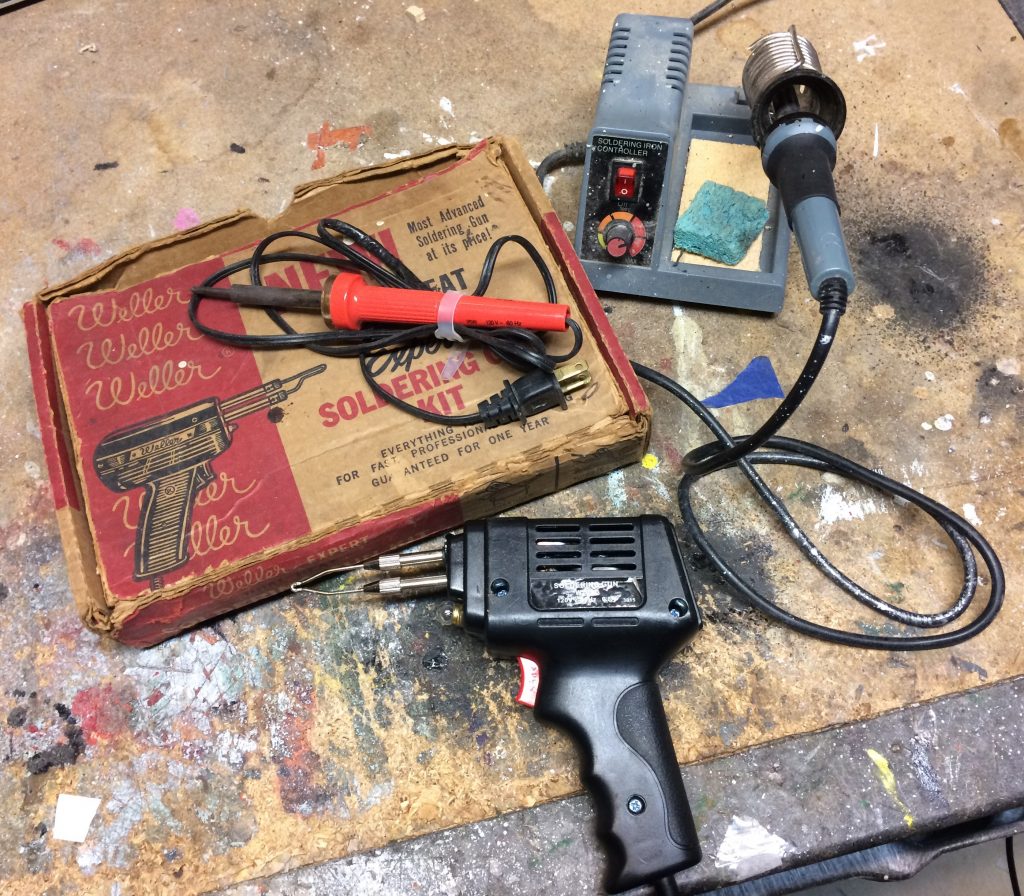
Whether it’s for a holiday or birthday, this Tools Under 30 Dollars Gift Guide Series shows you important, yet somewhat uncommon, tools that any gearhead would want.
Today, let’s talk about Soldering Irons & Soldering Guns.
***
Knowing how to solder is a pretty handy skill to have if you’re a gearhead. It can help you make error-proof, reliable electrical connections—whether you’re doing an EFI conversion or just installing a bangin’ stereo.
If you’re unfamiliar with what soldering is, think of it as essentially “gluing” an electrical connection together using a melted metal alloy called solder. And you’ll commonly see soldering used to join together electrical wires, finish electrical connectors or terminals, and to connect components on a printed circuit board (PCB).
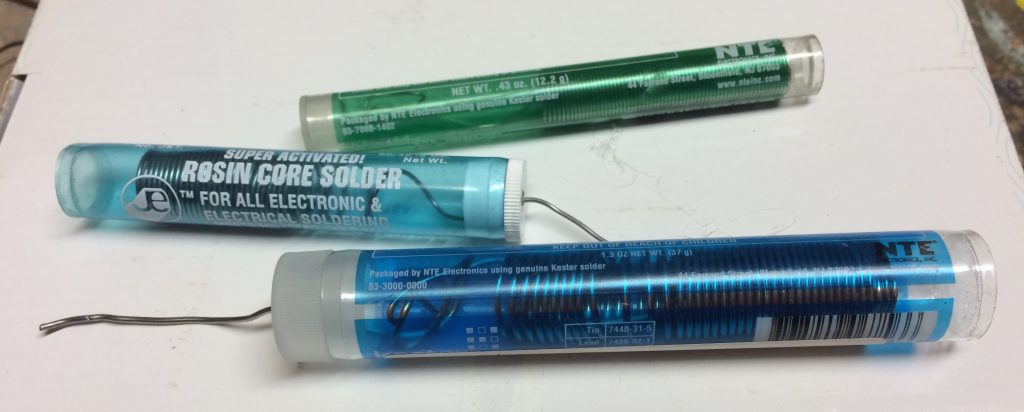
What’s the Difference Between a Soldering Iron & Soldering Gun?
So, for the purposes of this story, we’ll focus on the two most common types of soldering tools: soldering guns and soldering irons.
What’s the difference? It boils down largely to the jobs they’re used for—we’ll give some basic pros/cons below, along with some standard use cases.
Soldering Guns

Soldering guns are useful because they can heat up quickly, using a trigger mechanism to allow you to activate them only when you’re ready to solder. Though due to their large size and typically broad heating tip, they’re not well suited to precise applications, like soldering on a PCB or in close quarters to sensitive electrical parts.
Yet soldering guns are really handy for soldering wires together or building/modifying a wiring harness—especially when it’s on the vehicle.
Soldering Irons
Soldering irons tend to be more precise, with finer heating tips that allow you to make more targeted solder applications. But irons take a while to heat up and, as a result, they typically need to be on full-time, to ensure they’re ready when you need them. Not a big deal if you’re at a workbench, but tricky if you’re shoulders-deep in an engine bay.
A soldering iron’s precision can be vitally important though, and many feature adjustable temperature settings to allow you to solder contacts without excessive heatsoak into surrounding electrical components. They’re also ideal for applying solder into crowded chassis and PCBs.
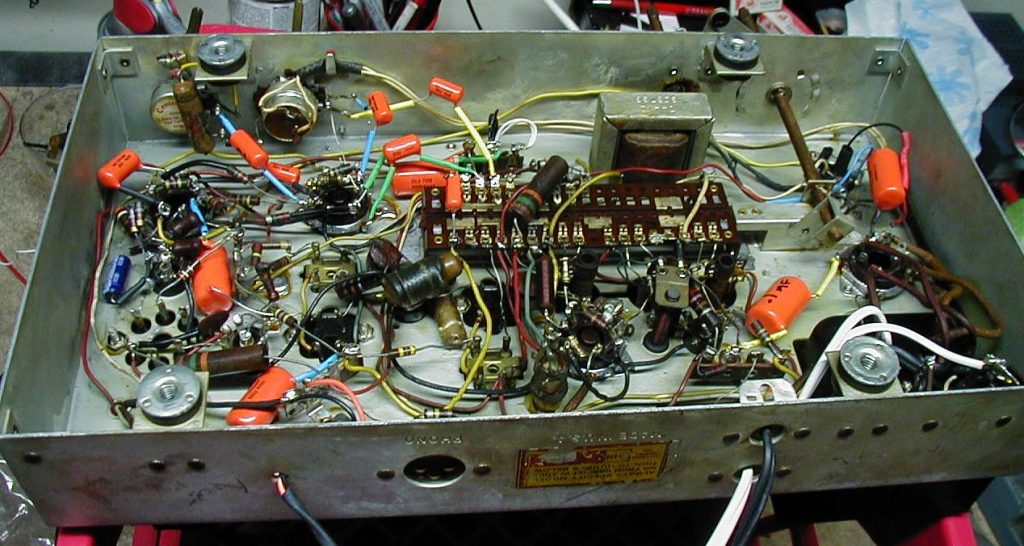
How To Splice & Connect Wires Via Solder
While soldering has plenty of applications outside of this quick demo below, we wanted to show you a very basic look at the soldering process in a typical use case: connecting two wires together, also known as “splicing.”
1. Strip Away the Wire Insulation
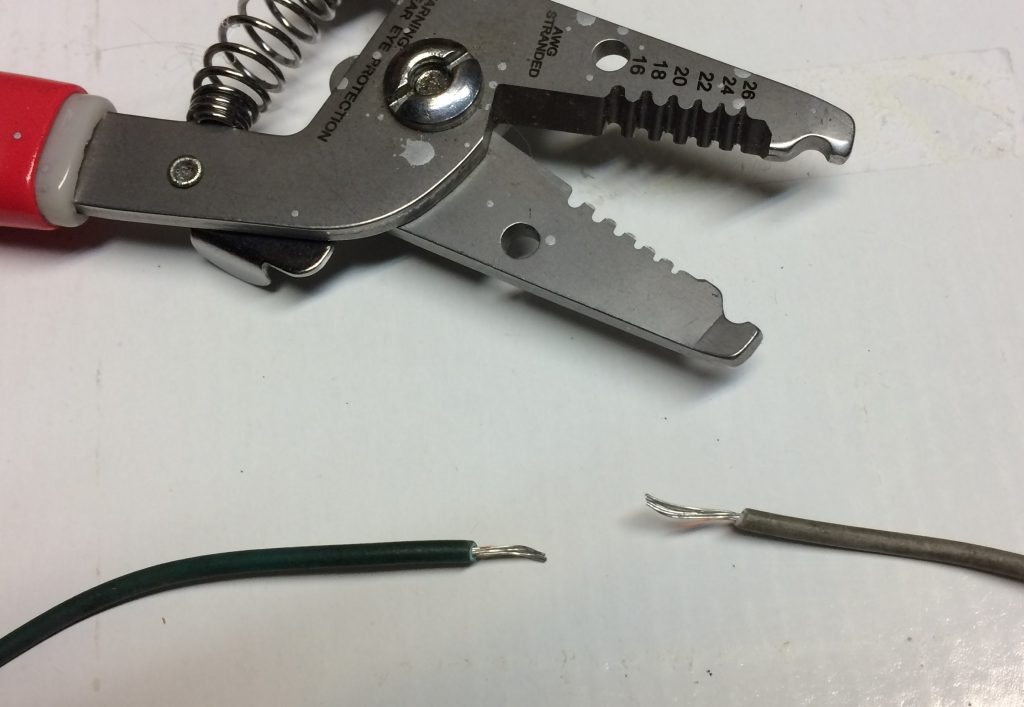
2. Connect the 2 Wires by Splicing the Stripped Ends
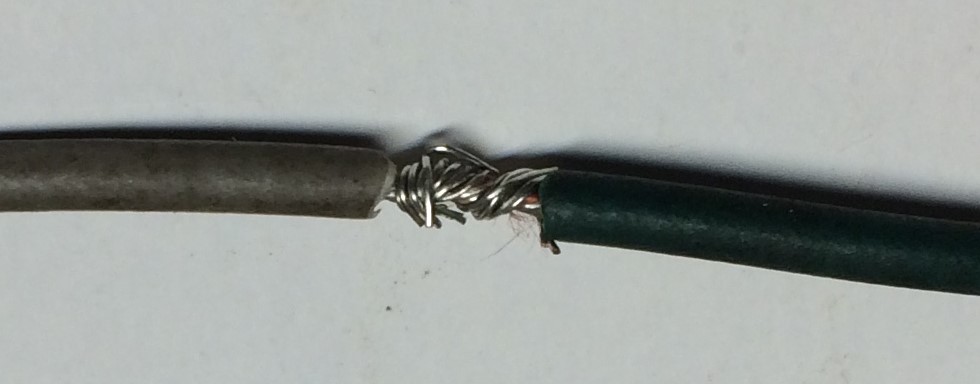
3. Touch the Iron or Gun Tip to the Joint Before Applying Solder

4. Insulate the Connection

Selecting the Right Soldering Iron or Gun
While soldering irons and soldering guns can get expensive quickly, there are plenty of affordable options that’ll let you learn and hone your soldering technique. And given how versatile a skill like soldering can be, giving someone a soldering iron or soldering gun can be a pretty thoughtful gift—especially since you can likely find a basic soldering iron or soldering gun for under 30 bucks.
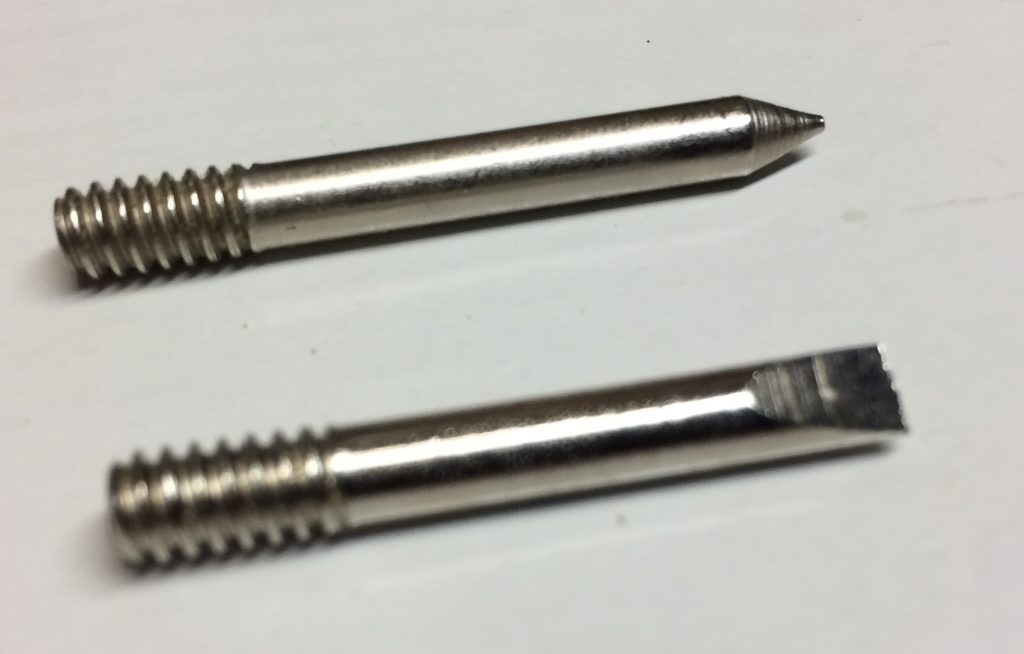

A very good article. I wish you would post more like this. How to properly use and store a torque wrench, change a tire(other than AAA) LOL.
That’s a darn good idea–particularly the torque wrench one. We’ll get one scheduled and written, thanks for the tip!
Hey Harold, just following up–we had one of our contributors write this piece on torque wrenches. And we’ll have some more torque wrench stuff coming soon as well.